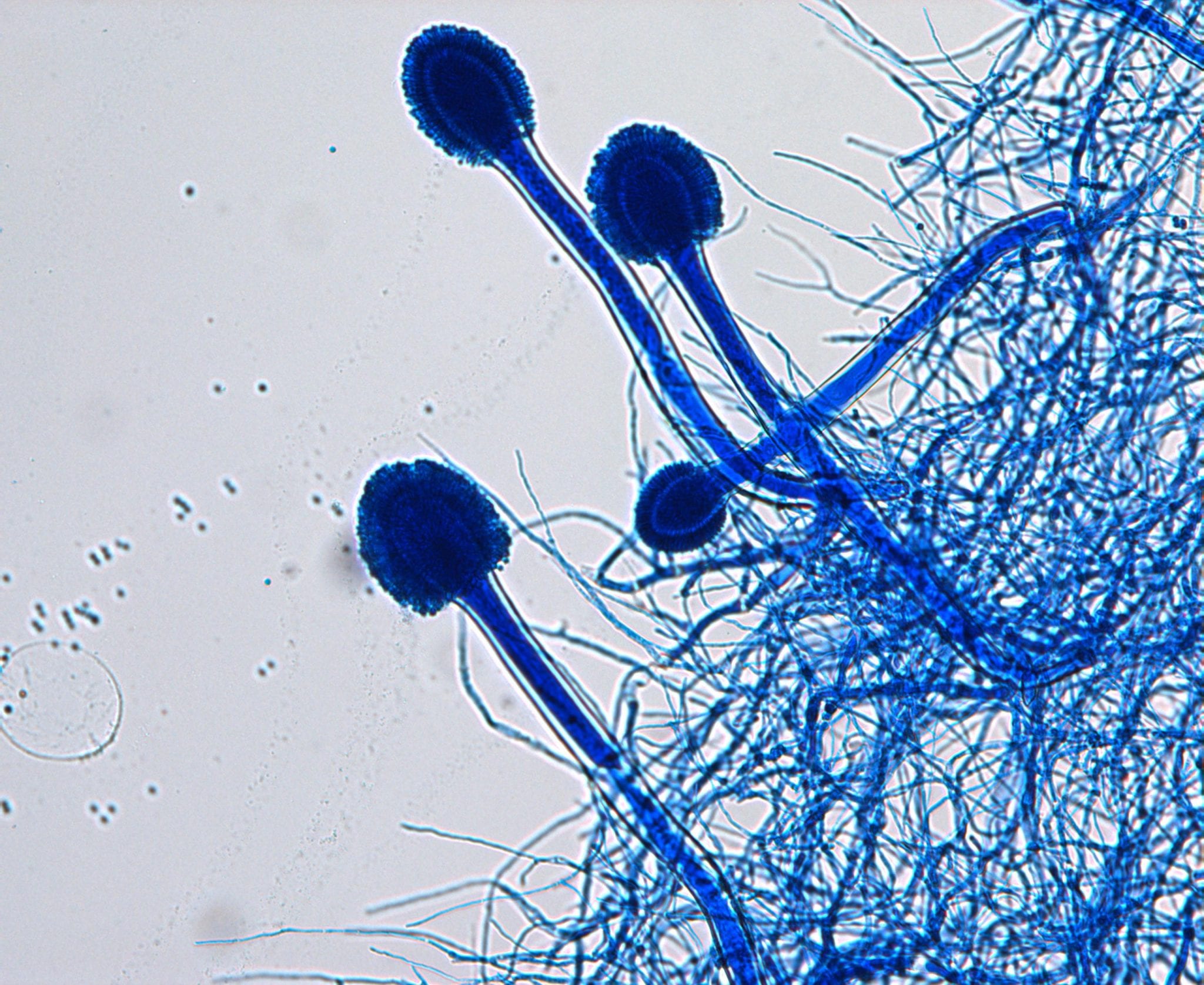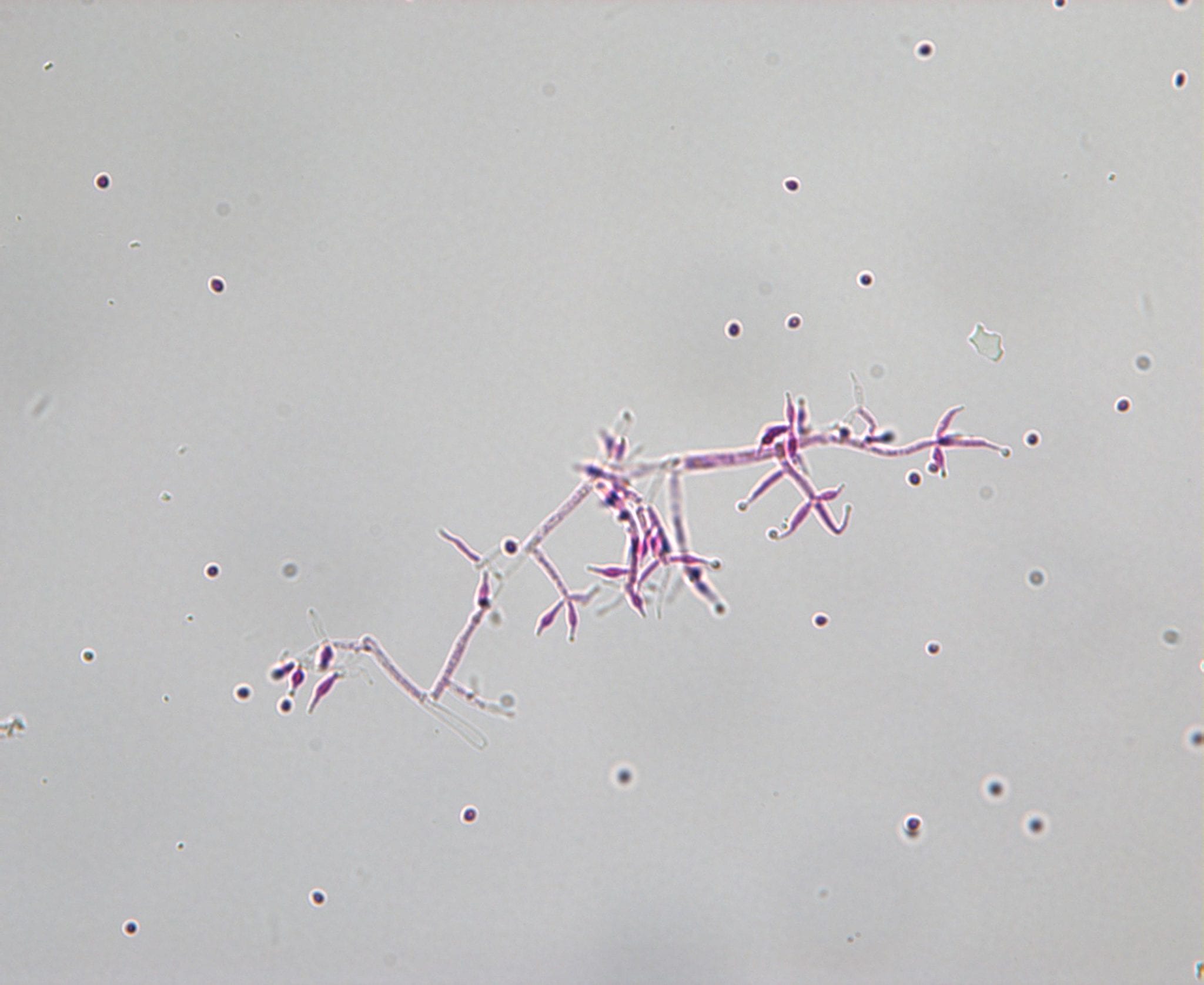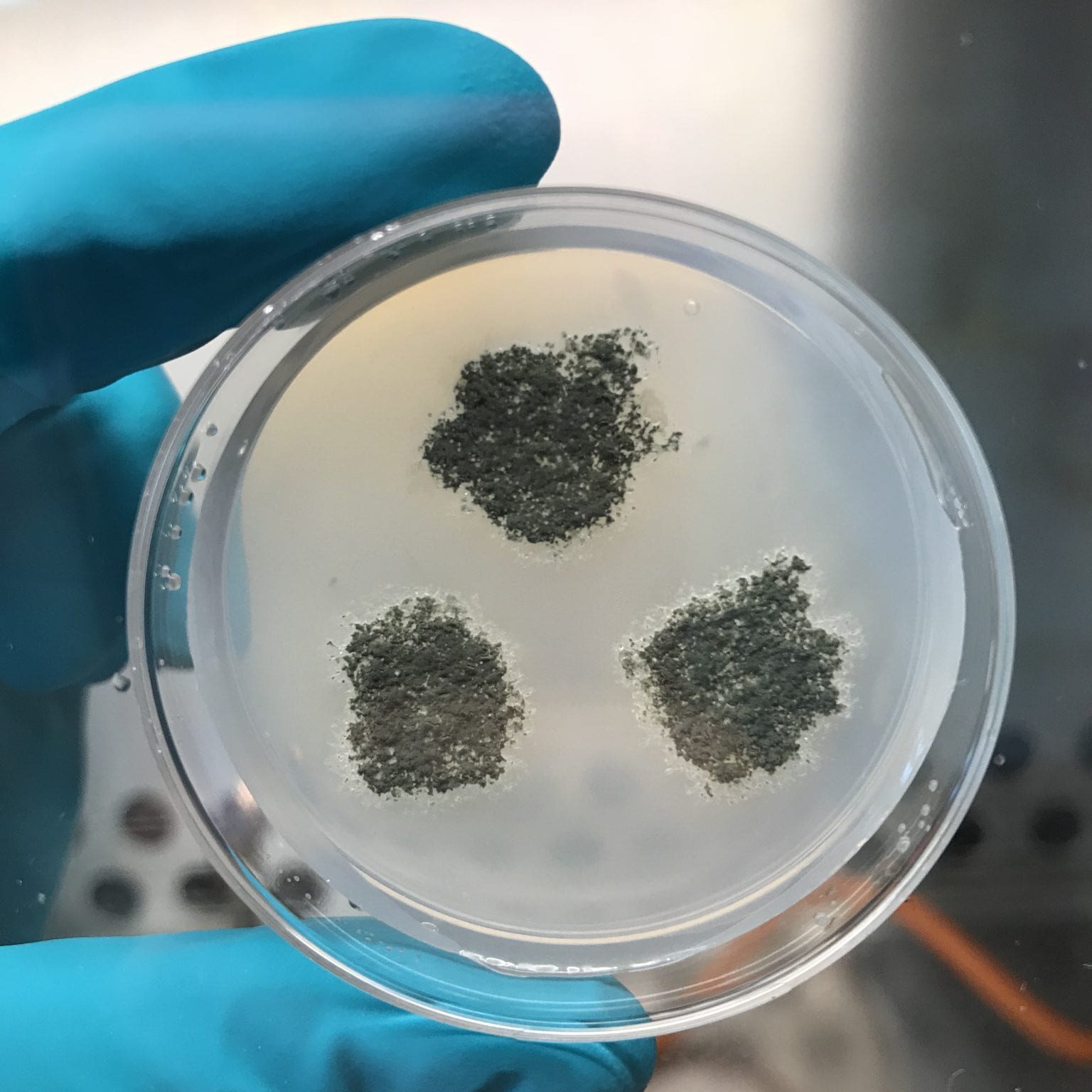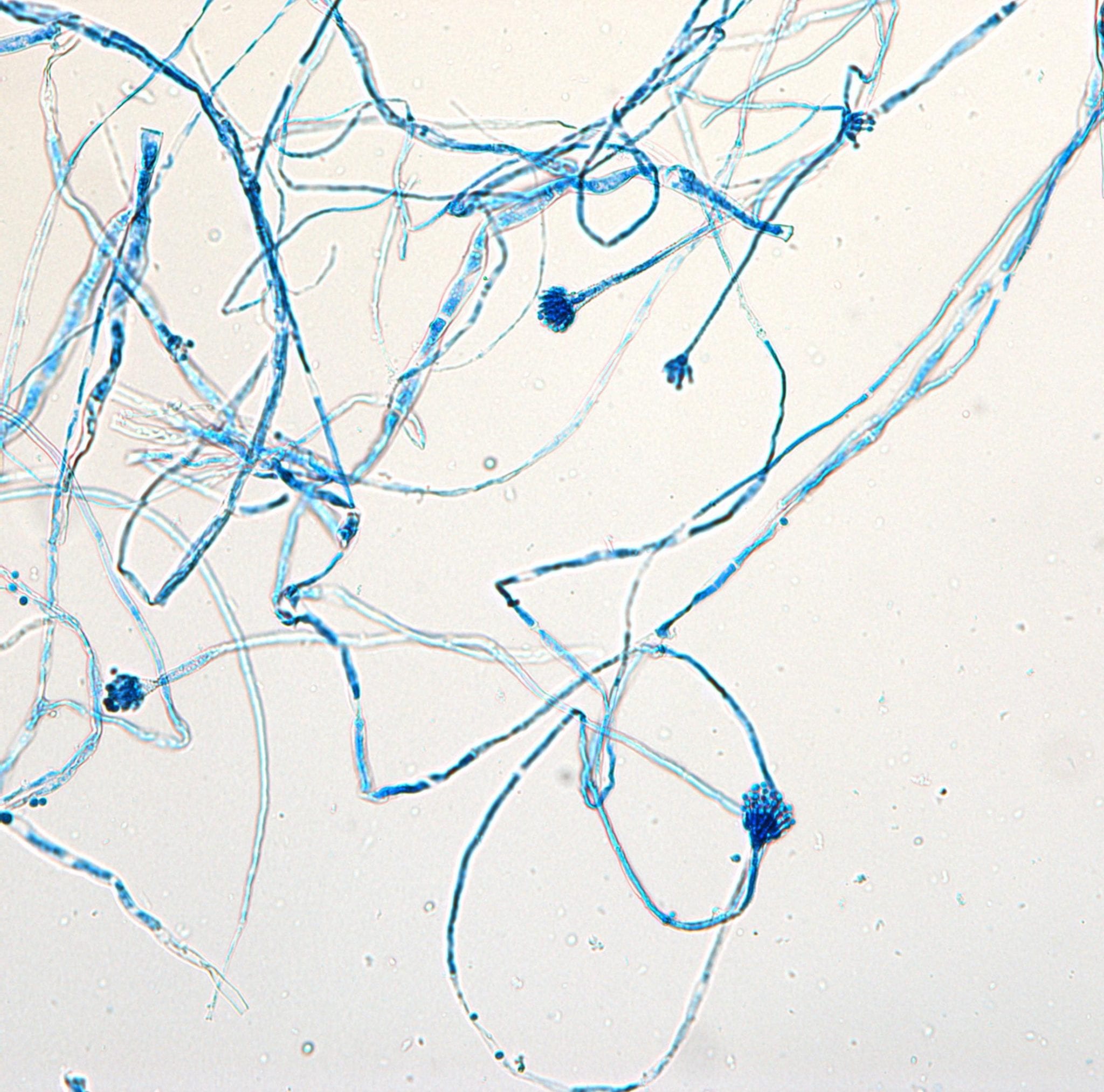...with value for UK crop protection
In our recent social media series #Isolateoftheweek Sophie Lane, CHAP’s National Reference Collection Technician at CABI, shared her favourite microorganism isolates, from the collection. The series spanned five weeks, with each week focusing on a different isolate. Throughout the series, Sophie explained why the isolates she chose were important to the UK crop protection industry.

1 Beauveria bassiana
We kicked off our #Isolateoftheweek series with Beauveria bassiana, which is an entomopathogenic fungus that causes white muscardine disease in a range of insect hosts.
Strains of Beauveria bassiana have been used as fungal biopesticides to target common pest insects such as whiteflies, thrips and aphids, so this fungus can be a very useful and adaptable choice for the farmer. Beauveria bassiana can also help to manage Varroa mite (Varroa destructor) infestations in honey bee colonies.
2 Aspergillus clavatus
For week two, Sophie selected Aspergillus clavatus. This fungus forms distinctive club-shaped vesicles, from which spores are released.
Aspergillus clavatus has a range of beneficial applications in the medical and agricultural fields – it produces novel antifungal peptides and also parasitizes Fusarium solani in potatoes and legumes.
On the flip side, it’s also a spoilage organism with toxigenic properties, commonly found in cereals including malting barley.


3 Trichoderma koningii
In week three Sophie chose Trichoderma koningii, a fungus that is found in soils worldwide.
Trichoderma koningii inhabits plant rhizospheres and is classified as an endosymbiont. Since it is also a mycoparasite, it induces resistance to fungal pathogen attack in the plant, acting as a biological shield against pathogens such as Alternaria solani (early blight) and Stromatinia cepivora (white rot).
This fungus also promotes plant growth, acting as a biological fertiliser.
4 Metarhizium anisopliae
Week four highlighted Metarhizium anisopliae, an entomopathogenic fungus that utilises a parasitoid strategy, with well-known biopesticide applications.
It is a natural enemy of a variety of pest insects including:
The highly invasive Mediterranean fruit fly (Ceratitis capitata), the lesser known small brown planthopper (Laodelphax striatellus) which targets wheat crops and the notorious migratory locust (Locusta migratoria)


5 Aspergillus oryzae
For the final #Isolateoftheweek Sophie chose Aspergillus oryzae, which is known to produce kojic acid (used in the food industry as a natural preservative).
This secondary metabolite also exhibits anti-bacterial and anti-fungal properties – suggesting potential for the development of agricultural products that may improve disease prevention in crops.
Sophie Lane is the National Reference Collection technician, based with CHAP partner CABI.
If you have any questions about working with CHAP, please send us an email using the enquiries form at the bottom of our homepage.










